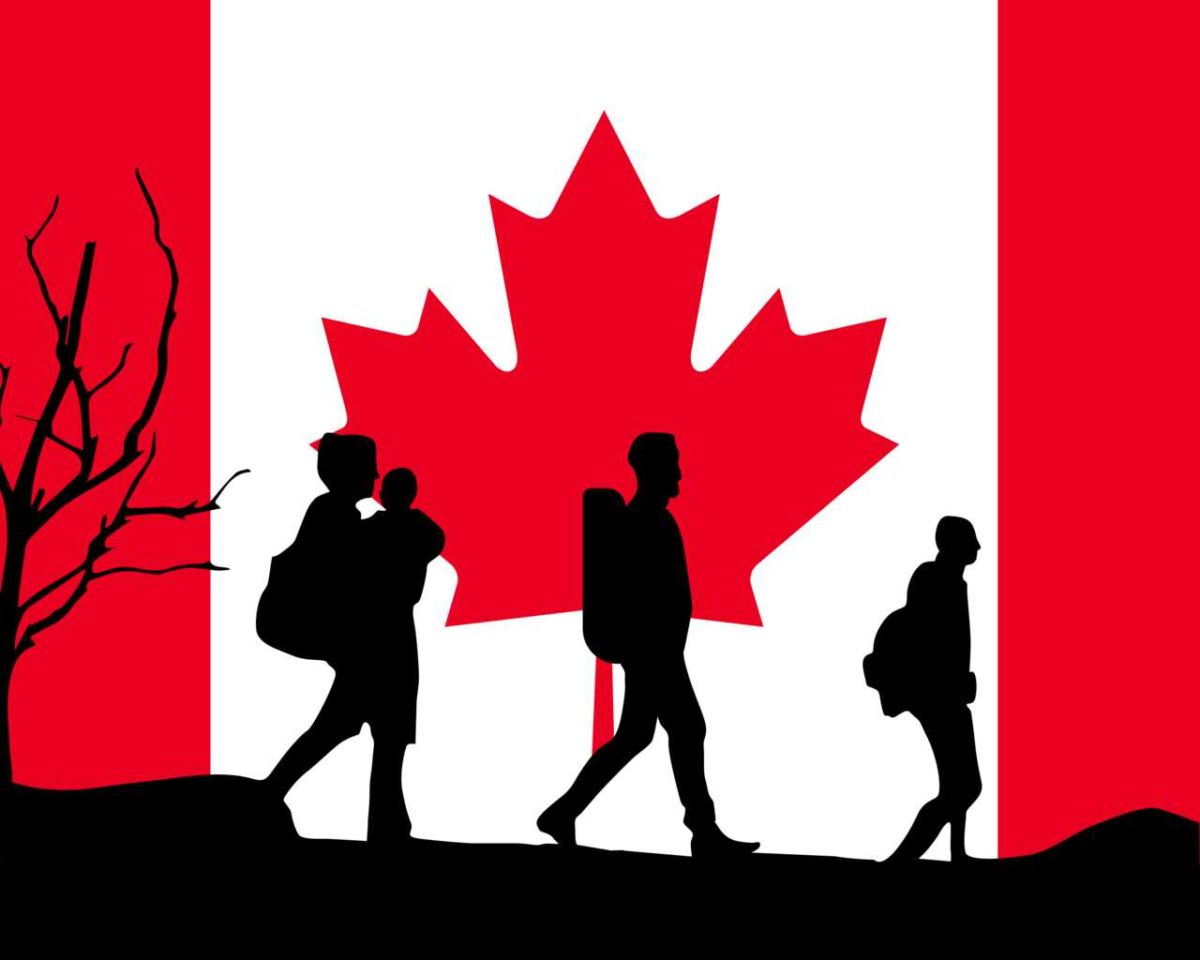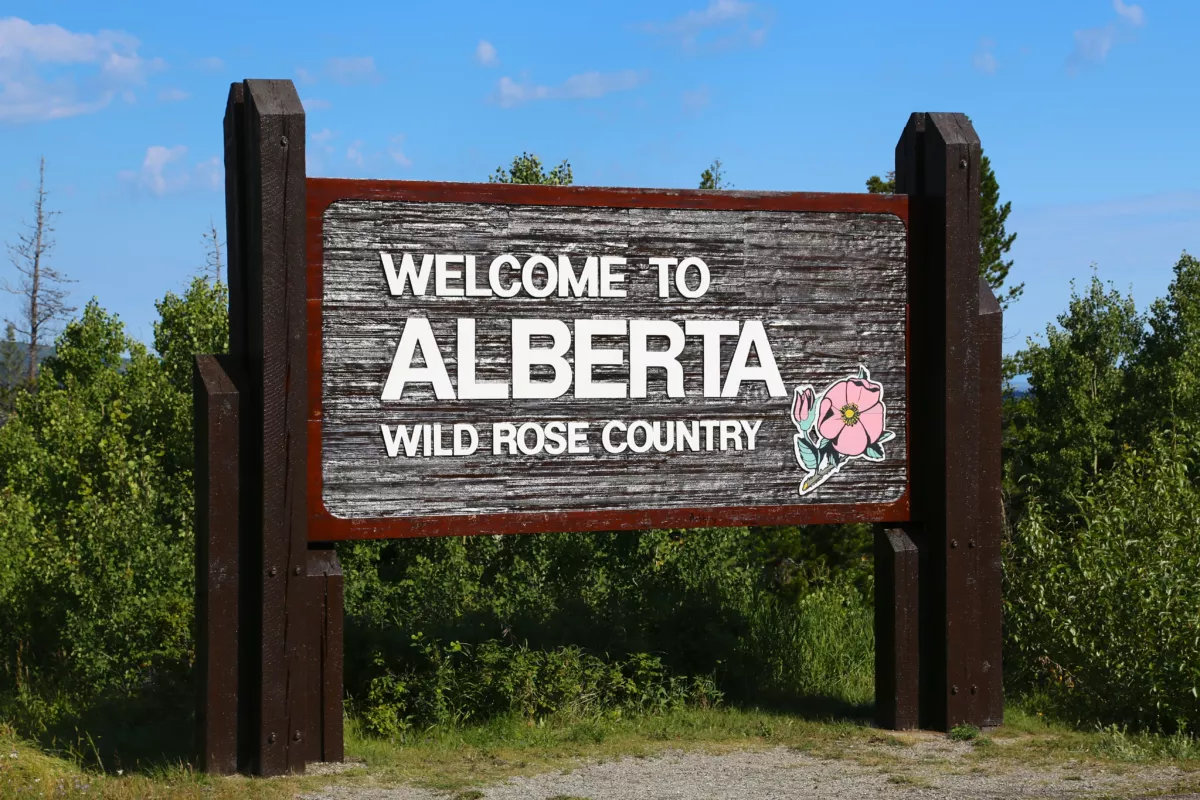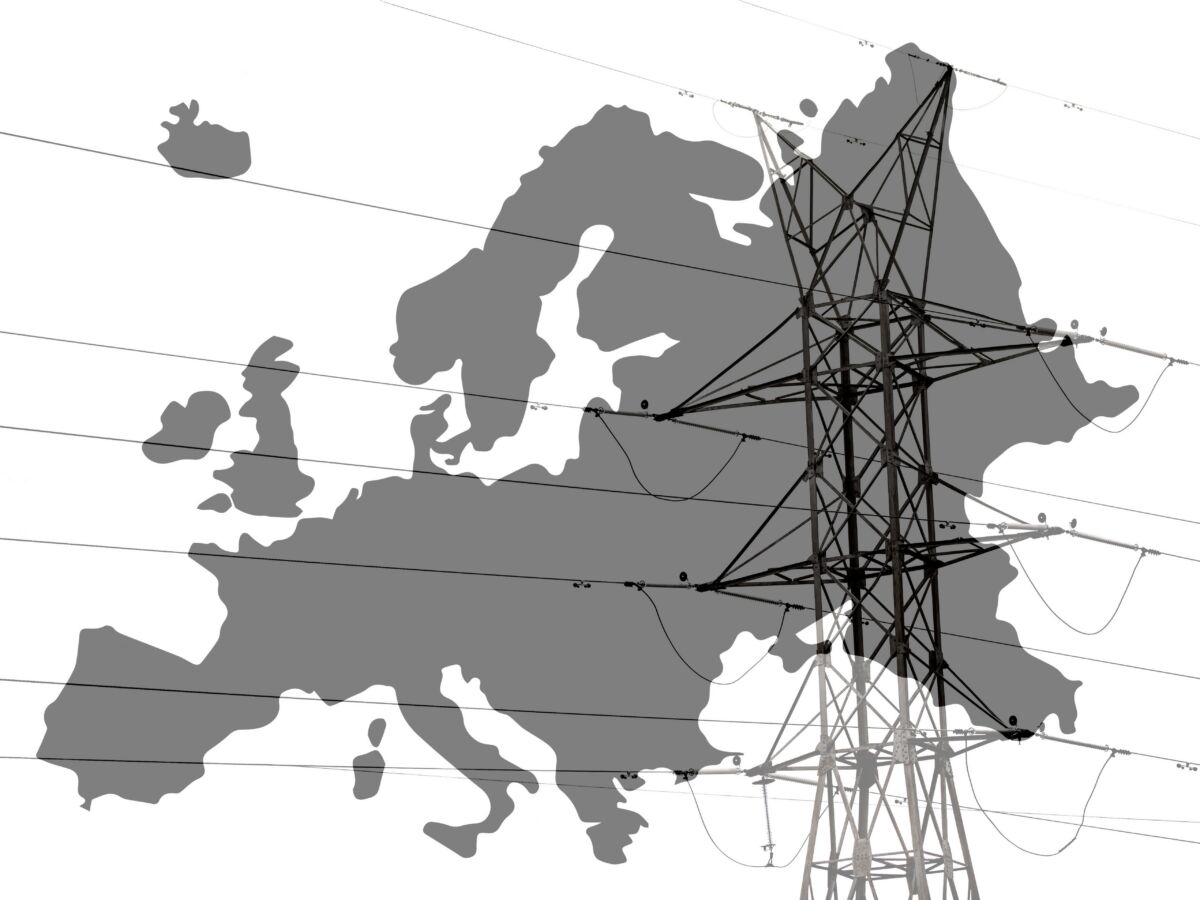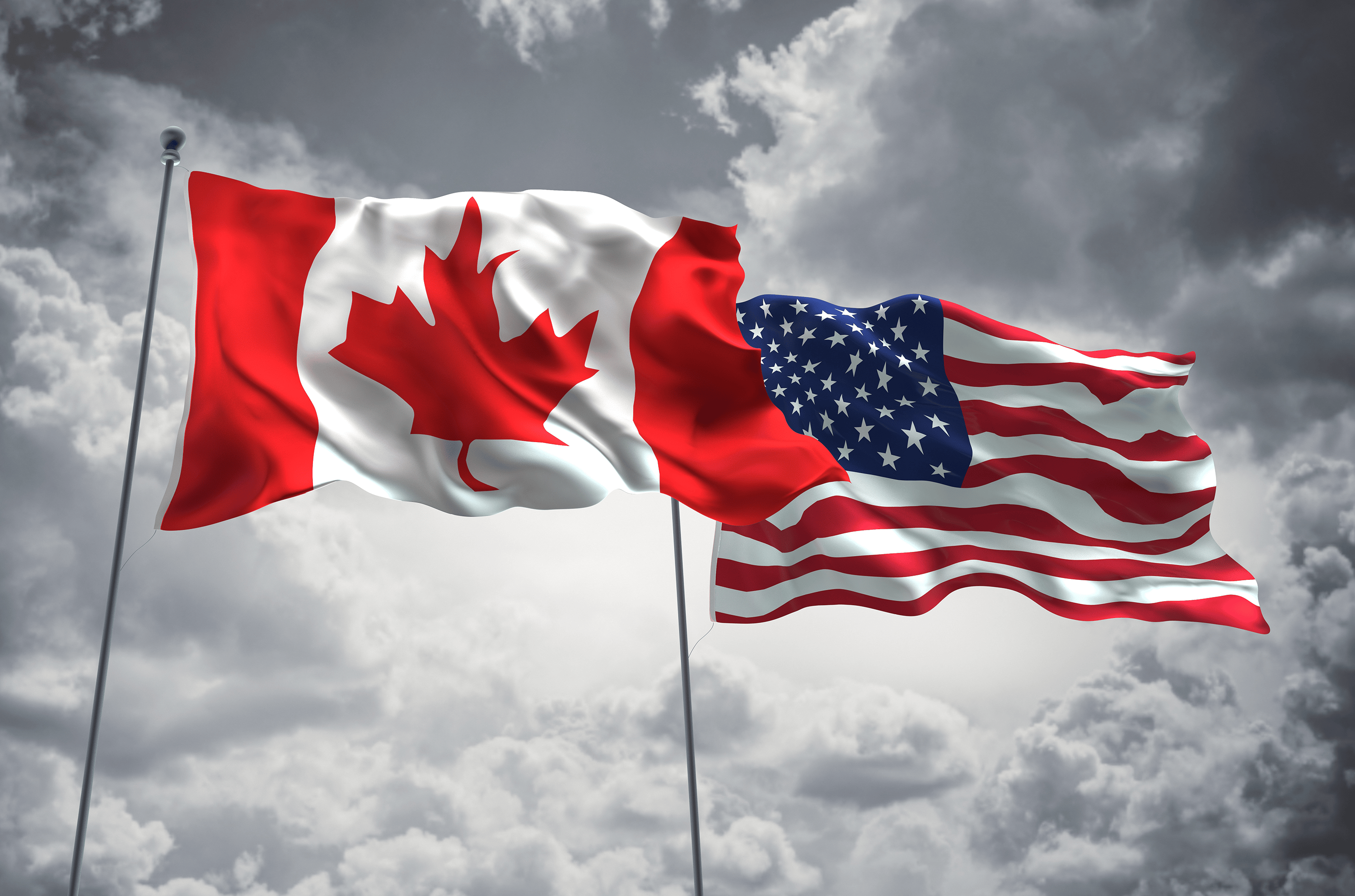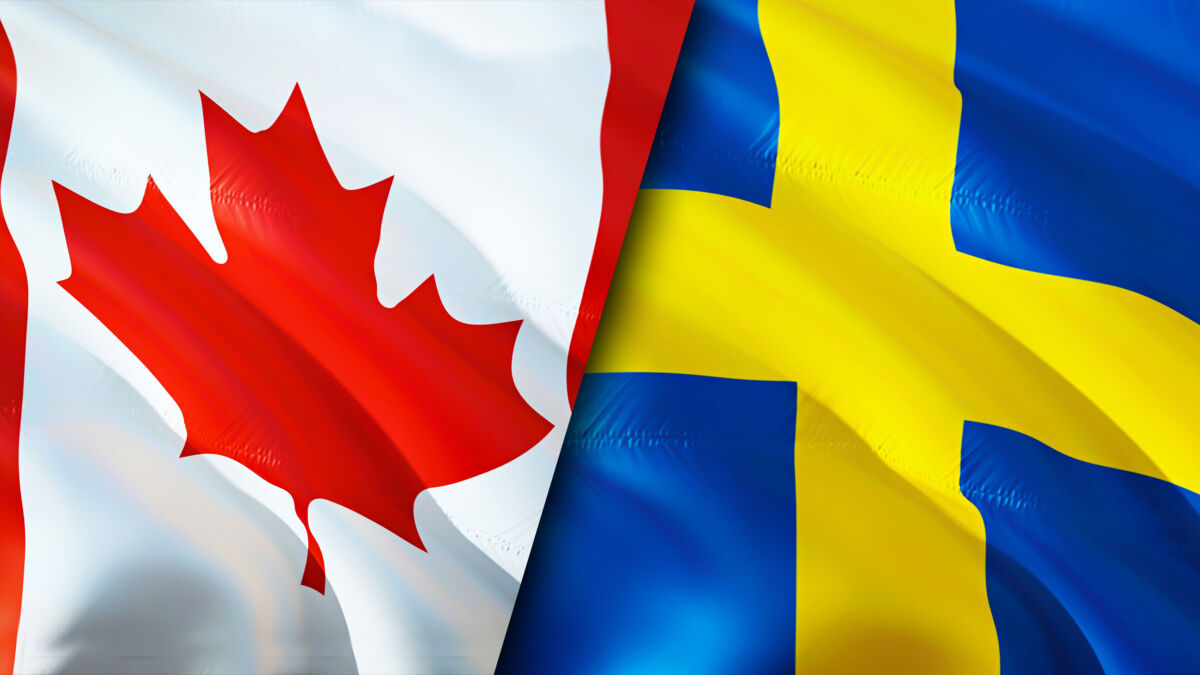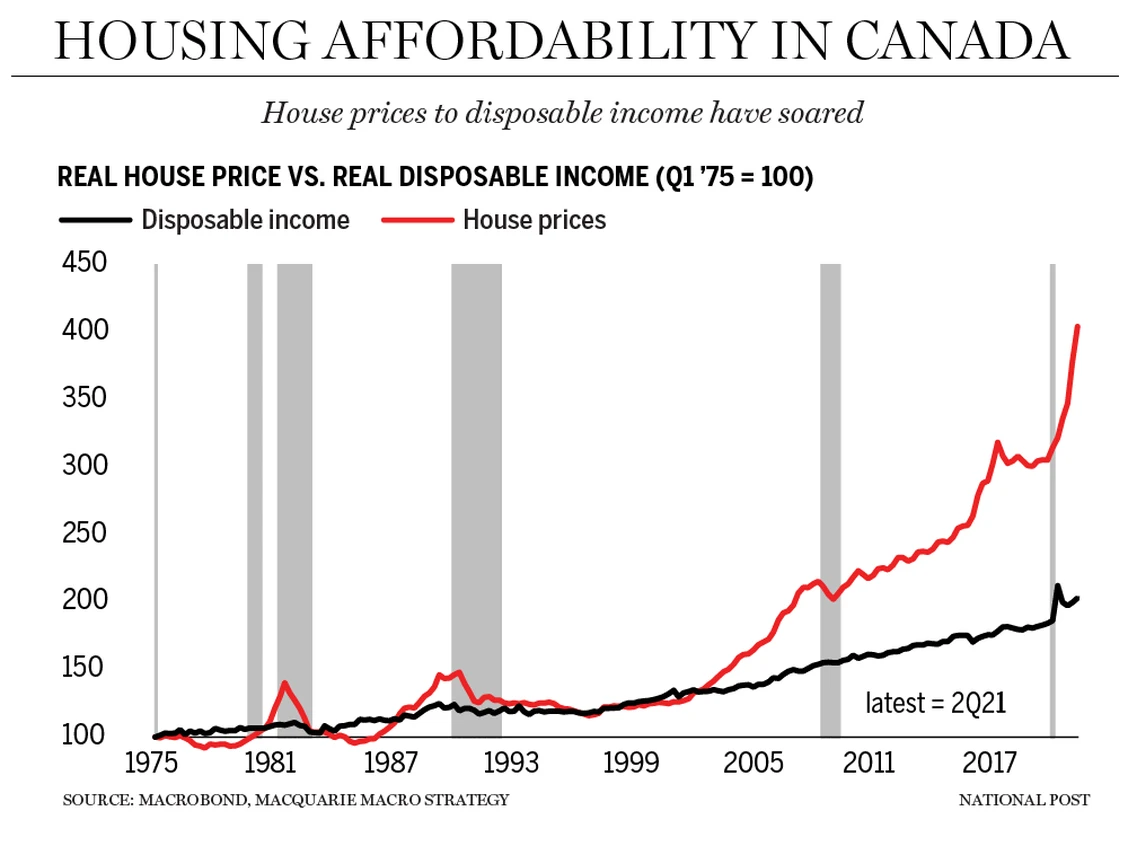Ten Reasons To Rethink Mass Immigration To Canada
By Riley Donovan
Swiss novelist Max Frisch, referring to the foreign “guest workers” allowed into Europe after the Second World War, said, “We wanted workers…but we got people instead.”
1. Housing Crisis
This one is simple enough: Prices are determined by the relationship between supply and demand. As Canada’s population has grown through large-scale immigration, which reached a rate of nearly 1.3 million in 2023 alone (when including non-permanent residents like foreign workers and international students), both home prices and rents have soared.
Don’t lose touch with uncensored news! Join our mailing list today.
Vancouver, Toronto, and Hamilton are now the three least affordable cities in North America. In his 2010 book Millionaire Migrants, UBC (University of British Columbia) Professor David Ley found a positive correlation coefficient of 0.94 between Vancouver and Toronto house prices and net international migration. For more evidence on the relationship between immigration and housing prices, check out Madeline Weld’s excellent article on the topic: “Blatantly Oblivious to the Blindingly Obvious.”
The result is social chaos and displacement, with younger generations feeling locked out of the housing market and delaying having children, and elderly Canadians on a fixed income returning to work to meet rent or mortgage payments.
2. Strained Healthcare
This one is also pretty simple: Immigrants need healthcare too! Adding large numbers of future patients from overseas every year is exacerbating the pre-existing problems with our healthcare system.
Though the population has grown by 5 million people in the last ten years alone, Canada has added just 167 medical residencies. In 2023, Canada accepted 471,550 permanent residents, as well as around 800,000 foreign workers and international students. Despite the federal government’s claim that the solution is to bring in doctors and nurses from overseas, in reality, we only accept about 4,000 immigrant healthcare workers per year.
As a result, more than 6 million Canadians and counting do not have access to a family doctor.
3. Farmland Loss
Despite having the second-largest landmass in the world, just 4.3% of Canada is arable, and 90% of Canadians live in a winding line of settlements within 160 KM of the U.S. border. Most immigrants settle in this same strip, which drives urban expansion: 15 million acres of farmland have been lost since 1976. Ontario loses 319 acres of farmland every day. Since 2001, Canada has lost the equivalent of seven small farms per day.
This loss of farmland weakens Canada’s food security, forcing us to depend on importing food from other nations—in an increasingly fractious world order. It also fuels urbanization, threatening Canada’s beloved countryside landscapes, and the rural lifestyle many of us are attached to.
4. Crowding of Schools
Like so many effects of mass immigration, the overcrowding of Canadian schools is a function of the law of supply and demand—which our political elite is apparently unaware of! Simply put: Provinces and school districts are being overwhelmed by large numbers of additional students from newly-settled immigrant families. In Prince Edward Island, Charlottetown and Stratford received 375 newcomer students who were neither predicted nor planned for. Surrey, B.C., is considering putting schools in high rises!
To be sure, school crowding is not the fault of the immigrant families in question. Both immigrant and native-born Canadians alike are the victims of the classroom crowding caused by an out-of-control federal immigration policy.
5. Foreign Interference
From the alleged Chinese interference in recent Canadian elections to the assassination of Khalistan separatist Hardeep Singh Nijjar outside a Surrey temple, Canada is now a hotspot for foreign interference. While politicians of all stripes have denounced the meddling of foreign states in Canadian affairs, none have explicitly linked it to the presence of large foreign diaspora populations on Canadian soil.
The fact is, the presence of large diasporas invites foreign interference. This is especially true of China, which considers all ethnic Chinese to be nationals of China—regardless of their place of residency. For Xi Jinping, overseas Chinese play an irreplaceable role in China’s rise. The link between diaspora populations and foreign interference appears to be an ironclad rule of geopolitics, and has been seen in Europe as well, with Turkish president Erdogan urging Turks in Germany to vote against German Chancellor Merkel after a diplomatic rupture between the countries.
6. Declining Living Standards
Large-scale immigration is touted as necessary to Canada’s economic success, but this could not be further from the truth. While Canada’s immigration-driven population growth does grow the Gross Domestic Product (GDP), it lowers GDP per capita. In other words, while the economic pie grows, most people’s slice gets smaller!
This process has gotten so bad that the National Bank of Canada released a report warning that Canada is in a “population trap” whereby any increase in living standards is impossible—a problem which usually occurs in emerging economies like India or Sub-Saharan Africa!
7. Urban Sprawl and Densification
The federal government describes immigration in abstract terms: addressing labour shortages, offsetting ageing populations, or growing the GDP. In reality, immigrants are not just workers, they are people—people who need a roof over their heads! To accommodate immigration-driven population growth, a large amount of Canada’s energy and wealth is spent endlessly building both single-family developments and high rises.
The urban sprawl strategy is most visible in places like Calgary, with new cookie-cutter developments being continually built on the surrounding prairie. Alberta saw a population boom of 184,000 in 2023 alone (with international migration accounting for far more than interprovincial migration), so this looks likely to continue. The densification approach is most apparent in British Columbia, which recently abolished single-family zoning in most communities to accommodate immigration-driven population growth.
8. Declining Social Cohesion
Social cohesion is a measure of the strength of the bonds linking members of a group to each other—and to the group itself. As ethnic and cultural diversity increases because of large-scale immigration, the number and severity of society’s cultural fault lines increases.
One way in which this is manifesting in Canadian society is brawls between or within diaspora groups. On September 2nd, 2023, about 150 Eritreans clashed in the parking lot of Calgary’s Falconridge Plaza, armed with sticks and pipes. Similar clashes occurred in Edmonton and Toronto. The origin of the disputes was a difference of views about the government in Eritrea. In November of 2023, viral videos emerged of a clash between Hindus and Sikhs on Diwali in Mississauga.
9. Incompatible Cultural Practices
Most of Canada’s immigration now comes from India, Asia, Africa, and the Middle East. While culturally rich in their own way, cultures and religions in these regions often hold values diametrically opposed to those of Anglo Canadian and Quebecois society. The result is the import of behaviours incompatible with—or even offensive to—the Canadian way of life, such as:
- A furniture store in Richmond, British Columbia, advertising for a “Chinese sales person.”
- A daycare worker in the Quebec city region discovering, while changing a young girl’s diaper, that she had been the victim of female genital mutilation.
- The revelation in Quebec that three schools had set up Muslim prayer rooms, segregated by gender.
- The construction of a 55-foot-tall statue of Hanuman, a Hindu god and “commander of the monkey army,” in Brampton, Ontario.
- Discriminatory rental ads specifying that apartments or houses will be rented to “Indians only.”
- The controversial spread of massive Chinese “monster homes” in Vancouver, British Columbia.
10. Erosion of National Identity
By 2036, immigrants are projected to make up about 30% of the Canadian population. By 2050, roughly half the country’s population will be non-white. In some areas, these projections have already been reached or surpassed. In Brampton, Ontario, 65% of the population is South Asian. Richmond, British Columbia, became majority Chinese in 2016. In Quebec, the French language is in serious decline because of large-scale immigration.
If immigration targets remain unchanged, there will be a dramatic change in the country’s ethnic, cultural, and linguistic composition. Many citizens, both native-born and immigrants, will be uncomfortable with a change at this rate and scale to the country they know and love. To make matters worse, the successive federal governments, which have overseen Canada’s policy of large-scale immigration, have never consulted Canadians on whether they actually want this kind of change.
What do you think?
Originally published at dominionreview.ca
Also read Riley Donovan’s eye-opening report on the Century Initiative at:
dominionreview.ca/century-initiative-the-lobbyists-that-want-to-raise-canadas-population-to-100-million/
Editor’s Note: I can almost hear our naysayers already, before this article is even printed. They will try to call us racist. It’s their typical playbook. I would like to state, we are not racist whatsoever. We truly love all good humans. Good humans come in all shapes, sizes, colours and from all parts of the world. We are also not at all against immigration. We are for responsible immigration. Some of our core crew and many of our volunteers have immigrated to Canada. A great many of our first paper boys and paper girls were people who fled from a tyrannical government in their country to find a better life here. So when Covid began, many of those folks were the first to recognize the signs and they eagerly jumped into this project to help raise awareness. Canada is ethnically diverse and that is a beautiful thing. But, I believe we must look more closely at the current, large scale immigration policies (and the people making those policies) and reconsider our current trajectory. We could debate whether or not the policy makers are intentionally harming this country. Regardless, we must find ways to change course or we are likely to face an ever-increasingly difficult life experience for almost EVERYONE in Canada. – Shawn Jason
Explore More...

